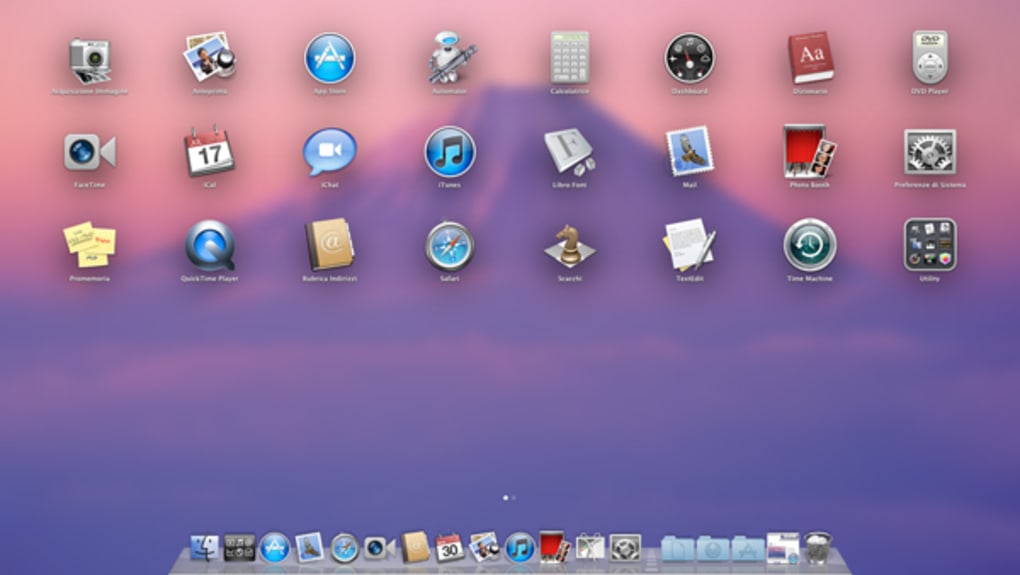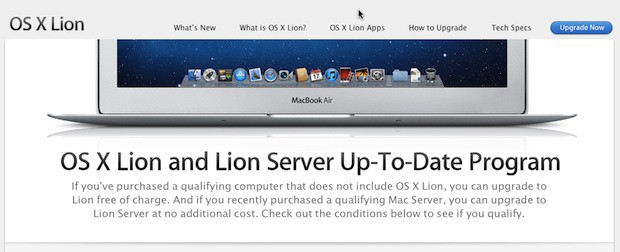
- #MACPORTS OS X LION MAC OS X#
- #MACPORTS OS X LION INSTALL#
- #MACPORTS OS X LION UPDATE#
Version: Major versions of PostgreSQL must be upgraded with either pg_upgrade or pg_dump.Here's why the columns included in the table below matter: Why do we have these columns in the table? You may also find saving the output of \l from the psql command-line very helpful in troubleshooting restore problems later. See the PostgreSQL documentation on backups for more information.

 Dump the data out of your running postgres instance with pg_dump and pg_dumpall. Make a copy of this data directory and store it somewhere safe, and/or. See Data Directory Locations below, or use ps -auxwww | grep -i postgres to find the Postgres process that's running - the path to your data directory is often right there in the process description. Figure out where your data directory is. If you want to save your data before you upgrade.ĭo not rely on your installer to take care of your data for you. opt/local/var/db/postgresql92/defaultdb (suggested) opt/local/var/db/postgresql90/defaultdb (suggested) UTF-8 (recommended in docs, but not done automatically) Library/LaunchAgents/ (original: /usr/local/Cellar/postgresql/9.1.4/) ~/Library/Application\ Support/Postgres/var Applications/Postgres.app/Contents/MacOS/bin This is an important first step in troubleshooting an upgrade. You can find this out by running the SQL command: " select version() " on your running Postgres server. What version of PostgreSQL server are you running? If you are using one of these installers, or maybe a maintainer: Feel free to fill in missing information! Thanks. Below is a guide to help developers and users figure out where their data is, and which installer they might have used.
Dump the data out of your running postgres instance with pg_dump and pg_dumpall. Make a copy of this data directory and store it somewhere safe, and/or. See Data Directory Locations below, or use ps -auxwww | grep -i postgres to find the Postgres process that's running - the path to your data directory is often right there in the process description. Figure out where your data directory is. If you want to save your data before you upgrade.ĭo not rely on your installer to take care of your data for you. opt/local/var/db/postgresql92/defaultdb (suggested) opt/local/var/db/postgresql90/defaultdb (suggested) UTF-8 (recommended in docs, but not done automatically) Library/LaunchAgents/ (original: /usr/local/Cellar/postgresql/9.1.4/) ~/Library/Application\ Support/Postgres/var Applications/Postgres.app/Contents/MacOS/bin This is an important first step in troubleshooting an upgrade. You can find this out by running the SQL command: " select version() " on your running Postgres server. What version of PostgreSQL server are you running? If you are using one of these installers, or maybe a maintainer: Feel free to fill in missing information! Thanks. Below is a guide to help developers and users figure out where their data is, and which installer they might have used. #MACPORTS OS X LION MAC OS X#
There are a number of Mac OS X installers, each with its own idea of where software and data should reside.
5 Why do we have these columns in the table?. 4 If you want to save your data before you upgrade. 2 What version of PostgreSQL server are you running?. You may need to reference my earlier tip: Fix Ruby 1.9. You should now ensure that you can rebuild your installed Ruby versions: rvm reinstall 1.9.3 Make sure you have the latest RVM version installed: curl -L | bash -s stable 
Once that has been installed, you will need to link it to the expected system location: sudo ln -s /opt/local/bin/gcc-apple-4.2 /usr/bin/gcc-4.2 RVM
#MACPORTS OS X LION INSTALL#
Now install the apple-gcc42 port to replace the missing GCC 4.2 in Mountain Lion: sudo port install -vu apple-gcc42
#MACPORTS OS X LION UPDATE#
You should now be able to update any outdated ports (grab a beverage while you wait): sudo port -vu upgrade outdated GCC 4.2 # Directory containing Xcode Tools (default is to ask xcode-select)

If you run in to a compilation error, you may need to edit the file /opt/local/etc/macports/nf and set the developer_dir option to be empty: sudo vim /opt/local/etc/macports/nf MacPortsįirst, you'll need to update the base MacPorts installation: sudo port -v selfupdate That is required to accept the license terms system-wide. If you install the CLI tools package manually, you may need to run the following: sudo xcodebuild -license pkg file retrieved from the Apple Developer Portal. Of course, since it is zero-day, there was an issue fetching the Command Line Tools from the server and I had to install manually from a.
Update to the latest XCode 4.4 from the App Store. Here are the relevant steps using MacPorts: XCode: My colleague Kenny Johnston wrote a nice piece about Upgrading to Mountain Lion with an emphasis on using Homebrew.








 0 kommentar(er)
0 kommentar(er)
